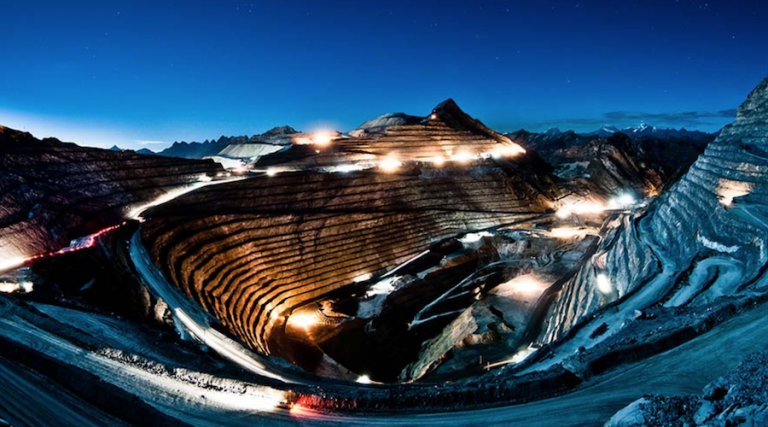
Juan Martinez, The Rio Times
MIAMI
EnergiesNet.co, 12 22 2022
Peru has been plunged into protests for more than a week following the failed attempt by former president Pedro Castillo to dissolve Congress and his replacement by vice-president Dina Boluarte.
The social crisis has accumulated more than 27 deaths, which led the current leader to dismiss her prime minister, Pedro Angulo.
The protests are taking place throughout Peru following the dismissal and arrest of former president Pedro Castillo on Dec. 7.

The effects of the conflict were immediately seen in a country that has been going through political crises for years. Since 2016, the Andean nation has seen six heads of state pass and has become accustomed to constant turmoil.
While 49 congressmen voted in favor of the constitutional reform bill proposing the electoral advancement, 33 voted against it, and 25 abstained, so it did not go forward.
The proposal was to hold the elections in December 2023, thus shortening Boluarte’s term of office, which was to take office to finish the presidential term for which Castillo was elected and which ends in mid-2026.
However, Peruvian authorities announced Sunday that the unrest was beginning to subside. “The measures we have taken are working (…) roads are being recovered, airports are being enabled, and the violence of the people who were demonstrating in the streets is also decreasing,” Angulo told state television station TV Peru yesterday.
“I think we are on the right track, as the President (Dina Boluarte) has already pointed out, the measures that have been taken are helping to reduce the conflict”, said the Minister of Economy, Alex Contreras, to Radio RPP.
He explained that several ministers have traveled to the conflict zones “to promote dialogue and reach consensus”.
IMPACT ON MINING
Although the sector -which represents close to 10% of the local Gross Domestic Product (GDP) and accounts for almost 60% of exports- has not seen its on-site operations affected, its logistic chain has been hindered.
Road blockades and threats of takeovers of some sites by protesters have led to stoppages and companies’ application of preventive measures.
One of them was Buenaventura, which announced the stoppage of operations at two deposits after its access gates were blocked by those who took to the streets.
Cerro Verde, the world’s largest copper concentrate complex, with about 20% ownership, also has experienced delays in transporting people, supplies, and products.
The Las Bambas mine, the third largest in Peru and owned by the Chinese MMG, has been forced to store semi-processed metal at its own site due to blockages to the passage of heavy-load vehicles.
In addition to putting pressure on storage capacity, this could lead to the stoppage of the deposits and thus affect the global supply, given that it represents about 1.4% of global production.
The National Society of Mining, Petroleum, and Energy of that country said it is 500,000 metric tons of copper, equivalent to US$1 billion.
As of press time, Anglo-American has said it operates normally, and BHP has not commented.
COMPLICATIONS OF THE CAMISEA ROUTE
Last Tuesday, December 13, a group of 230 protesters entered the Kamani Compressor Plant (Kepashiato) of TGP, the company responsible for bringing natural gas from Camisea. After this, the plant was stopped, and the volume of natural gas transported throughout the national circuit was reduced.
Hours later, the Ministry of Energy and Mines (Minem), through the General Directorate of Hydrocarbons (DGH), published directorial resolution 411-2022 to suspend the export of natural gas and, with this, guarantee domestic supply and national electricity production, according to La República.
Sources from PERU LNG, the company responsible for exporting liquefied gas from Ica, confirmed to La República that shipments had been suspended since that date, with a single shipment of almost 3 million cubic feet to South Korea (vessel Sestao Knutsen) on the 15th, because it was delayed since before the regulation was published.
However, the company warned that the State loses almost US$2.5 million in taxes each day the plant is closed.
In addition, it pointed out that shipments through the TLF (truck loading facility) for trucks going north and south could become more complicated as long as the situation is not resolved.
What does this mean?
Gustavo Navarro, former director of the DGH, explains that PERU LNG not only exports gas to the world but also reloads it in tanker trucks to supply the rest of the country (to Lima, it arrives by pipeline).
In the north, it is delivered by Quavi, while in the south, it is delivered by Petroperu by commissioning.
“Apart from exports, interruptible purchase contracts have been cut because some companies sign contracts to receive gas only when available. Then, a prorate has been established for the electric generators because there is not enough gas for everyone,” he says.
In effect, the resolution has caused TGP’s transport capacity to be reduced from 1,540 to 1,275 MMPCD. This difference corresponds to shipments to Spain and Korea, the main destinations these days.
riotimesonline.com 12 21 2022












